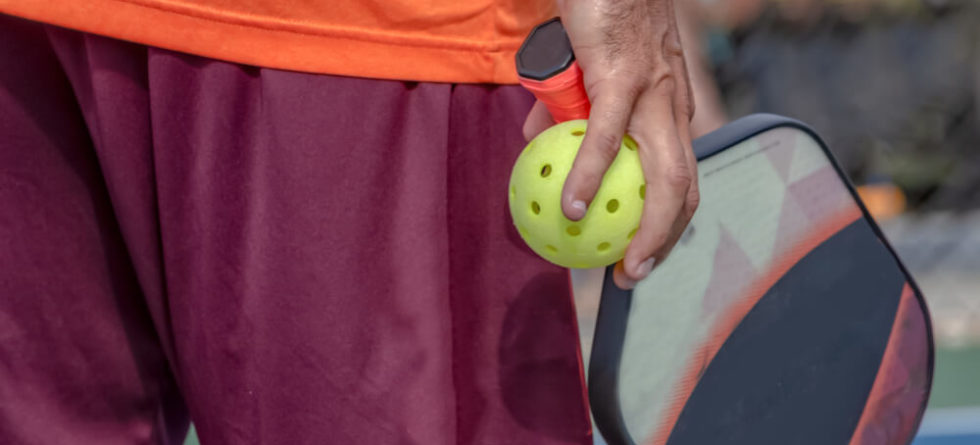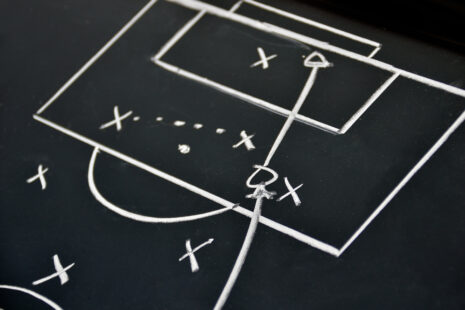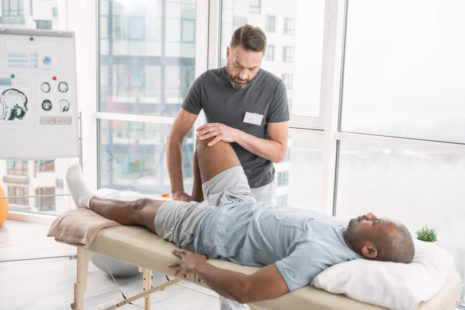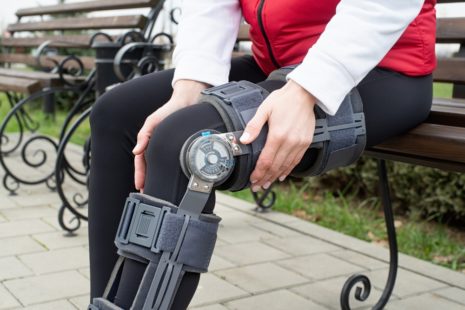While pickleball is generally considered a low-impact sport, injuries can still occur due to various factors. Some reasons why there may be injuries while playing pickleball include:
- Rapid Movements: Pickleball involves quick and dynamic movements, including lateral shuffling, jumping, and sudden changes in direction. These movements can stress muscles and joints, increasing the risk of strains, sprains, and other injuries.
- Overuse and Repetitive Movements: Paddlesports like pickleball involve repetitive swinging and hitting movements. Over time, these repetitive motions can lead to overuse injuries, such as tendinitis or stress fractures.
- Improper Technique: Incorrect paddle grip, swinging technique, or body positioning can strain muscles and joints, making players more susceptible to injuries.
- Falls and Collisions: Players may slip, trip, or fall while moving quickly on the court. Collisions with other players or the net can also lead to injuries, including bruises, contusions, or fractures.
- Inadequate Warm-Up: Failing to warm up properly before playing can increase the risk of muscle strains and other injuries.
- Insufficient Conditioning: Players who are not adequately conditioned or engage in pickleball without regular physical activity may be more prone to injuries.
- Age and Fitness Level: Older players and those with pre-existing health conditions may be at a higher risk of injuries due to reduced muscle strength, flexibility, and joint stability.
- Playing Surface: The type and condition of the pickleball court surface can influence the risk of injuries. Uneven or slippery surfaces may increase the likelihood of falls and other accidents.
- Intense Gameplay: In competitive settings, players may push themselves to the limit, increasing the risk of injuries due to fatigue and overexertion.
Precautions to take to reduce the risk of injury while playing pickleball:
- Warm up before playing: Engage in light aerobic exercises and dynamic stretches to prepare the muscles and joints for the activity.
- Use proper technique: Learn and practice proper paddle grip, swinging technique, and body positioning to reduce the risk of strain or overuse injuries.
- Wear appropriate footwear: Wear shoes with good support and traction to prevent slips and falls.
- Stay hydrated: Drink plenty of water before, during, and after play to prevent dehydration and muscle cramps.
- Listen to your body: Pay attention to signs of fatigue or pain and take breaks as needed. Pushing through pain can increase the risk of injury.
- Conditioning and cross-training: Engage in regular physical activity and conditioning exercises to improve strength, flexibility, and overall fitness.
- Play within your limits: Avoid pushing yourself beyond your current skill and fitness level. Gradually increase the intensity and duration of play as your abilities improve.
- Consider protective gear: Depending on your level of play and individual needs, consider using protective gear such as knee or elbow pads to reduce the risk of impact-related injuries.
By following these guidelines and practicing good sportsmanship, pickleball players can enjoy the game while minimizing the risk of injuries.




